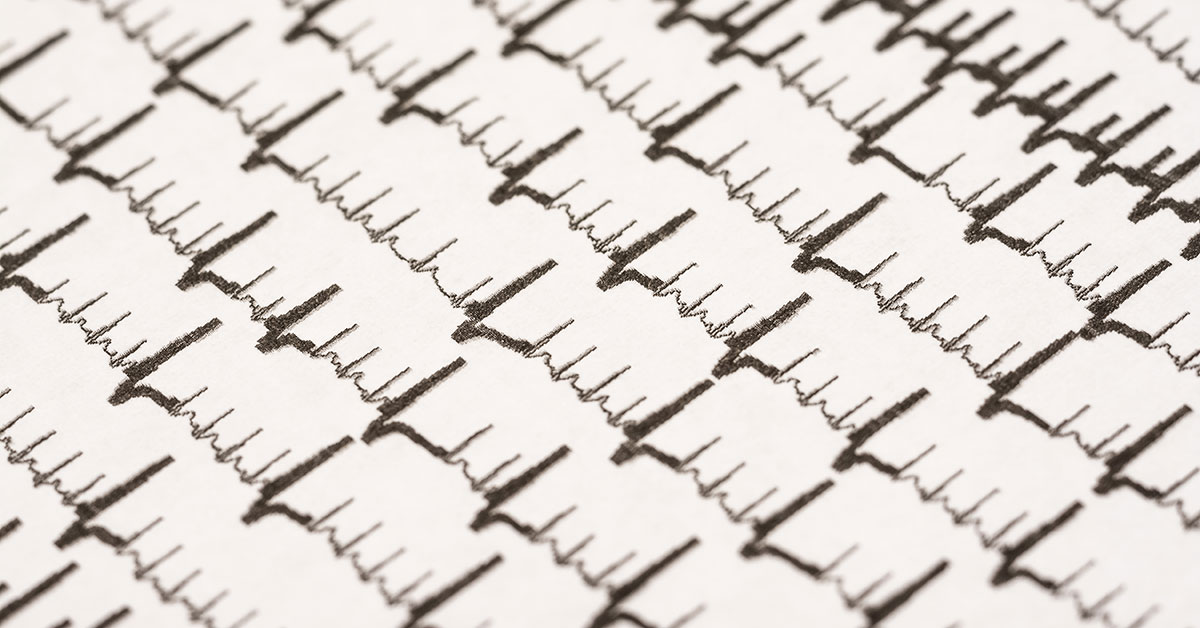Diagnosing Atrial Fibrillation

Atrial fibrillation, commonly called AFib, is a common heart rhythm disorder consisting of a rapid and irregular heartbeat. Symptoms can include a fluttering or pounding sensation in the chest, shortness of breath, and fatigue – all of which can be symptoms of other heart conditions as well. Thus, there can be several steps involved in diagnosing atrial fibrillation.
Medical history
For most patients, diagnosing atrial fibrillation begins with an appointment with your primary care physician or cardiologist. The doctor will ask questions about your medical history and discuss your recent symptoms.
Providing a complete medical history gives your physician important information about potential genetic links to atrial fibrillation and any clues in your personal history. When preparing for an appointment, talk to family members to gather as much family medical history as possible, be ready with a list of any medications you take, and expect to discuss health habits and symptoms.
Physical exam
After discussing your medical history and symptoms, the doctor will conduct a routine physical examination. This often includes:
- taking your pulse and blood pressure
- checking your heart rate and rhythm
- listening to your lungs
Based on symptoms, a review of medical history, and the exam, they may recommend diagnostic testing to confirm if atrial fibrillation is causing your symptoms.
Further testing
There are multiple tests that may be used in diagnosing atrial fibrillation. Because it’s an arrhythmia that does not occur continuously, various tests may be used to record any episodes of an irregular heartbeat.
An electrocardiogram (EKG) records the speed and rhythm of your heartbeat, well as the strength and timing of the electrical signals that trigger the heartbeat. Since an EKG is a recording of the heartbeat at a particular moment and AFib occurs intermittently, further testing may be required.
During a stress test, the heart is put under stress in a controlled manner while being monitored by an EKG. This test creates a picture of the heart’s function as the body moves during exercise or is prompted by medication to respond in a similar way.
An echocardiogram is a type of ultrasound that uses sound waves to create a picture of your heart and how it is working. The effectiveness of contraction, valves, and blood flow can all be examined to help determine what part of the heart is not beating well.
Holter monitors are small devices placed on the chest and worn for 24 to 48 hours to continuously record heart function during that time. They are often used alongside a journal of what activities you were doing when symptoms occurred.
An event monitor is like a Holter monitor but worn over the course of 30 days. Event monitors only record upon detection of irregular heartbeats and can pick up on episodes that happen less frequently than every day or two. It is also used in conjunction with recording activities when symptoms occur.
If longer-term monitoring is necessary, an implantable loop recorder can be placed under the skin to monitor heart rhythms for years.
If you have experienced symptoms of atrial fibrillation or have a family history, reach out to your primary care physician or our team of specialists at Oklahoma Heart Hospital for further examination and testing.
